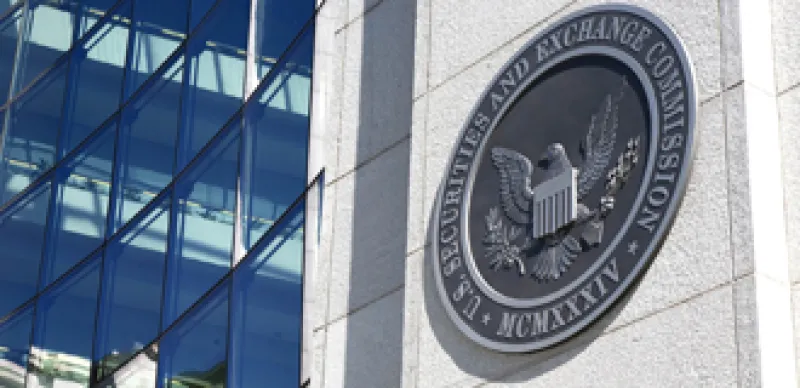The SEC has brought its second case in less than five months against a hedge fund alleging misconduct related to its sidepocket.
Sidepockets became popular after 2008 when hedge funds facing redemptions placed illiquid assets in a separate portfolio called a "sidepocket." This maneuver irked many investors who wanted their money back immediately. Now it seems at least two hedge funds abused their power managing these “sidepockets,” according to the SEC.
These two cases are also a reminder that the SEC has kept its promise to crack down on abuses by hedge funds, and not just when it comes to insider trading.
In the latest case announced Tuesday afternoon, Lawrence R Goldfarb agreed to pay more than $14 million to settle the SEC’s charges that he and his company Baystar Capital Management LLC concealed more than $12 million in investment proceeds that he owed investors.
The SEC says Goldfarb diverted the cash to other entities he controlled, eventually funding a real estate venture and a San Francisco record company. Goldfarb is also accused of comingling investor funds in a bank account that he used to pay for unauthorized personal expenses including entertainment and charitable donations.
According to the SEC’s complaint, Goldfarb and BCM were able to carry out their fraud in part because the investment was maintained in a “sidepocket” into which investors in the hedge fund – Baystar Capital II – had limited visibility. The SEC said Goldfarb’s side pocket investment became profitable in 2006, but he diverted the proceeds for other uses rather than paying the fund’s investors. None of his transactions were authorized by the fund’s partnership agreement or offering documents.
“Goldfarb betrayed the trust of his hedge fund’s investors, keeping them in the dark about their investment profits so he could use their money as his own,” said Marc Fagel, Director of the SEC’s San Francisco Regional Office, in a press release.
The SEC said Goldfarb and BCM concealed the fraud for several years by providing investors with false account statements showing no gains had been realized in the side pocket. The SEC also claims Goldfarb tried to hide profits generated by the sidepocket from the fund’s third party administrator.
In October, the SEC charged hedge fund managers Paul T Mannion, Jr and Andrews S Reckles and PEF Advisors LLC and PEF Advisors Ltd, investment adviser entities they control, with defrauding Palisades Master Fund investors by overvaluing illiquid fund assets they placed in a "sidepocket" and by misappropriating other fund assets. The Commission also charged Mannion, Reckles, and their investment adviser entities with making material misrepresentations in connection with a private stock offering.
This complaint was filed in the US District Court for the Northern District of Georgia.
According to the SEC, from August through October 2005, Mannion and Reckles, through PEF, placed the hedge fund's investments in World Health Alternatives in a "sidepocket" and valued those investments “in a manner that was both inconsistent with fund disclosures and contrary to Mannion's and Reckles' undisclosed internal assessment of their value.”
The complaint alleges the fraudulent valuations enabled Mannion and Reckles to report to investors misleadingly inflated net asset values and allowed Mannion and Reckles to take excessive management fees from the fund.







